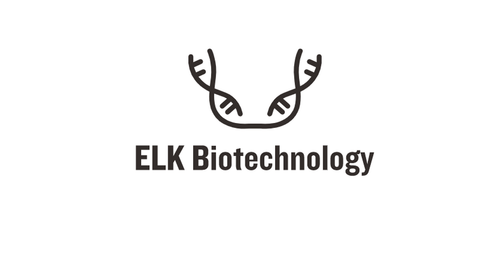Product Description
GPR103 (I310) polyclonal Antibody | BS3198 | Bioworld
Host: Rabbit
Reactivity: Human,Mouse,Rat
Application: WB IF
Application Range: WB: 1:500~1:1000 IF: 1:50~1:200
Background: G protein-coupled receptors (GPRs) are a protein family of transmembrane receptors that transmit an extracellular signal (ligand binding) into an intracellular signal (G protein activation) . GPR signaling is an evolutionarily ancient mechanism used by all eukaryotes to sense environmental stimuli and mediate cell-cell communication. All of the receptors have seven membrane-spanning domains and the extracellular parts of the receptor can be glycosylated. These extracellular loops also contain two highly conserved cysteine residues which create disulfide bonds to stabilize the receptor structure. GPR103 is a 455 amino acid protein with highest expression in the brain, retina, trigeminal ganglion, hypothalamus and vestibular nucleus. In peripheral tissues, GPR103 is expressed only in the heart, kidney and testis. GPR103 may regulate adrenal function. A hypothalamic neuropeptide of the RFamide family (26RFa) acts as an endogenous ligand for GPR103.
Storage & Stability: Store at 4°C short term. Aliquot and store at -20°C long term. Avoid freeze-thaw cycles.
Specificity: GPR103 (I310) polyclonal Antibody detects endogenous levels of GPR 103 protein.
Molecular Weight: ~ 49 kDa
Note: For research use only, not for use in diagnostic procedure.
Alternative Names: Pyroglutamylated RFamide peptide receptor; AQ27; G-protein coupled receptor 103; Orexigenic neuropeptide QRFP receptor; SP9155; GPR103; QRFPR
Immunogen: Synthetic peptide, corresponding to amino acids 178-334 of Human GPR103.
Conjugate: Unconjugated
Modification: Unmodification
Purification & Purity: The Antibody was affinity-purified from rabbit antiserum by affinity-chromatography using epitope-specific immunogen and the purity is > 95% (by SDS-PAGE) .
Pathway:
 Euro
Euro
 USD
USD
 British Pound
British Pound
 NULL
NULL








